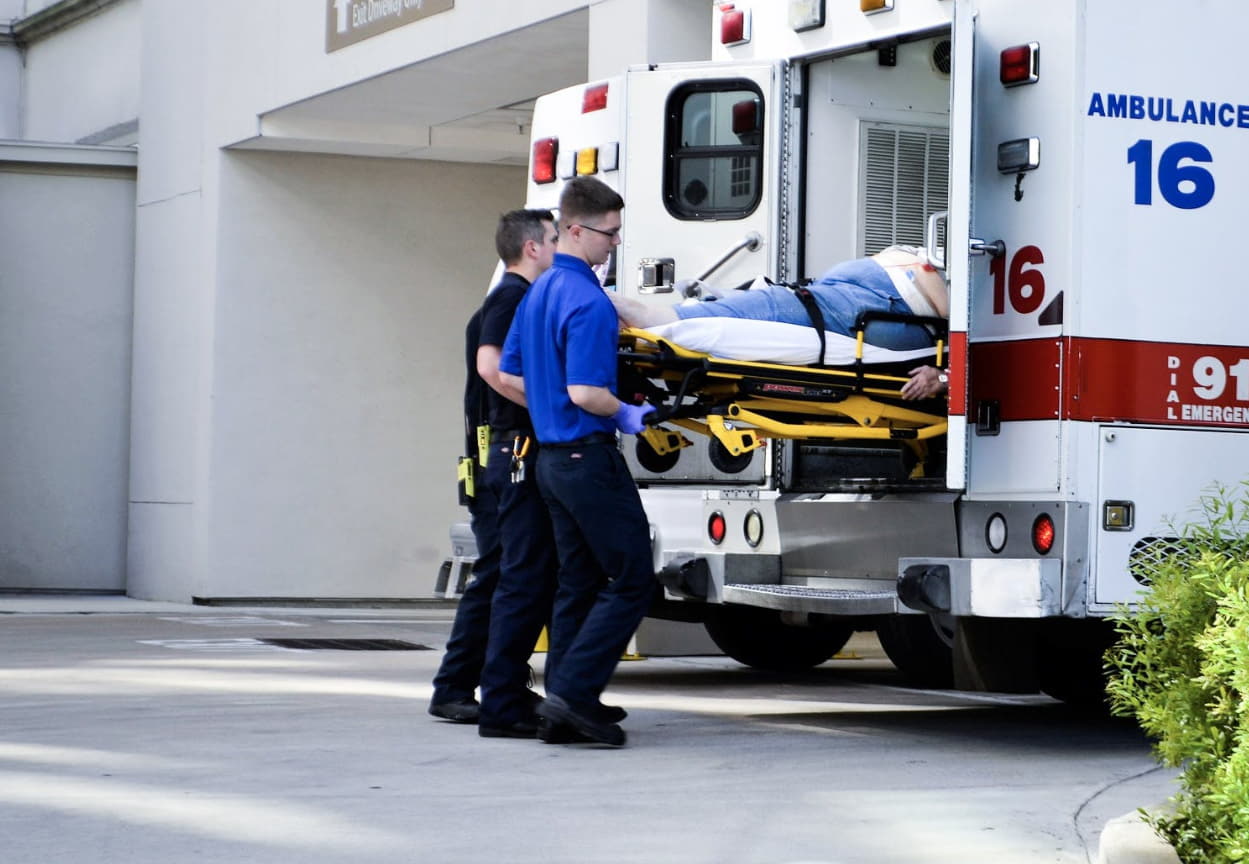When considering the healthcare system, our minds often leap to doctors, hospitals, treatments, and medications. Yet, there’s another significant aspect that doesn’t often garner as much attention but plays a vital role in the delivery of healthcare – medical transportation.
Among these, ambulance services are critical. However, a lurking menace is steadily eroding trust and draining necessary resources from this pivotal service by making ambulance fraud.
Understanding Ambulance Fraud
It might sound like a frictional term, but it’s a real and serious problem. It typically involves unnecessary non-emergency transports, billing for services not provided, or billing for a higher level of service than was provided.
This misuse of medical transportation not only diverts much-needed funds from the healthcare system but also undermines the credibility and effectiveness of emergency medical services.
The Impact and Consequences
The consequences of this fraud are profound. When ambulance services are misused, resources are diverted from where they’re genuinely needed. This can lead to delays in treatment for critically ill patients, potentially putting their lives at risk.
Furthermore, the financial costs of fraud are extremely high. According to the U.S. Department of Health & Human Services, millions of dollars are lost annually to such healthcare frauds.
The Mechanics of Ambulance Fraud
We must delve deeper into how these frauds happen to understand how to combat this issue. It can take many forms.
- One common method is when patients who don’t require an ambulance are transported using one, often at the urging of unethical providers who stand to profit.
- Other times, ambulance companies might bill for services that were never rendered, exaggerate the severity of a patient’s condition to justify ambulance use, or even claim rides for phantom patients.
The Role of Oversight and Regulation
Preventing and detecting this fraud requires robust oversight and regulation. Government bodies, insurance companies, and ambulance providers have roles to play. Regular audits, stringent billing practices, and strong offender penalties can be powerful deterrents.
As individuals, we can also play a part in combating this fraud. Being informed about what constitutes a legitimate need for ambulance transport can help us resist pressure from unscrupulous providers. Reporting suspicious activity can also make a big difference.
Education is a crucial tool in the fight against this fraud. Understanding the appropriate use of ambulance services, recognising fraudulent practices, and reporting concerns are all critical skills.
Final Words
In conclusion, while ambulance fraud may not be the most visible issue in healthcare, its impact is significant. By understanding the risks and taking proactive steps, we can help protect our healthcare system and ensure that those who need emergency transport get it when they need it most.
The misuse of medical transportation has high stakes. It affects everyone, from the patients who rely on these services to the wider public, who bear the burden of increased healthcare costs.
With increased awareness, vigilance, and a commitment to integrity, we can help ensure that medical transportation resources are used appropriately. It’s time for each one of us to take responsibility and step up to ensure the integrity of our healthcare system.

